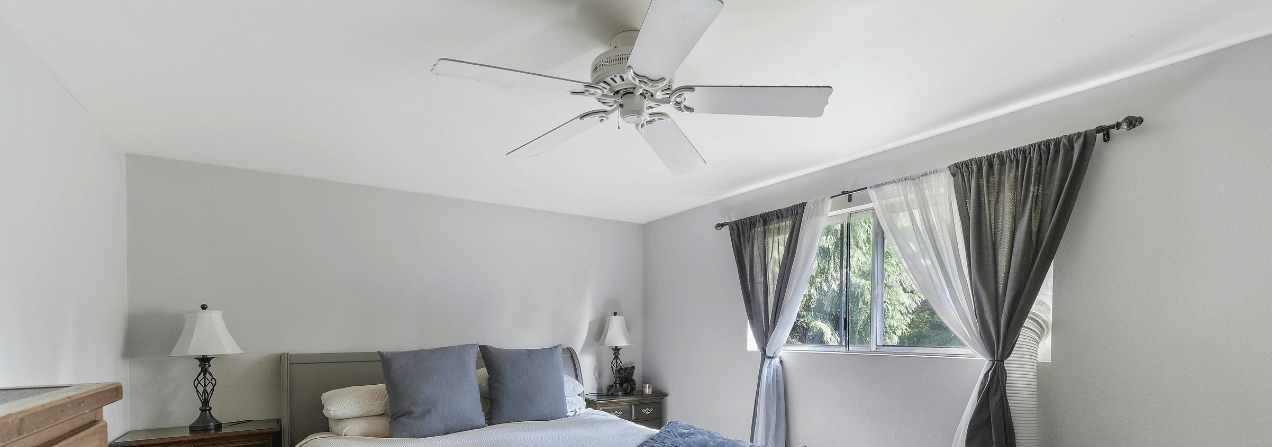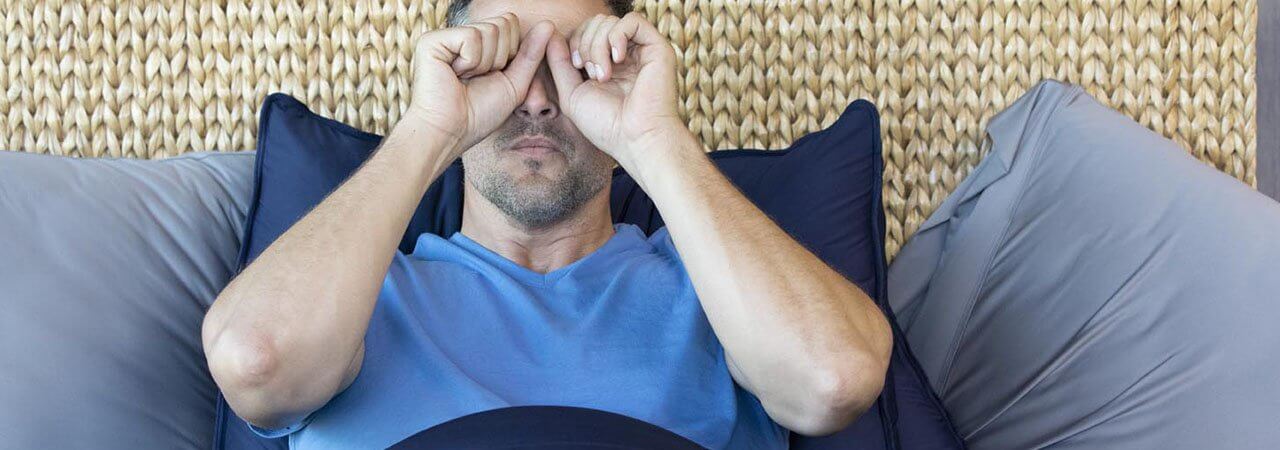In the midst of the Pandemic of 2020, Americans renewed their keen interest in space travel and all of its mystery on May 30, when SpaceX became the first private aerospace organization to launch astronauts into Earth's orbit for NASA. It also became the first rocket launch on U.S. soil since NASA's space shuttle program ended in 2011.
After watching this historic launch, you may be wondering: How do astronauts sleep? In this blog, we cover some cool space sleeping facts, as well as some ways to practice good sleep hygiene.
How Do Astronauts Sleep?

Astronauts don't have the luxury of gravity. So after a long day at work, they can't roll up in their beds and wrap themselves around cooling sheets. Instead, each astronaut has his or her sleeping pod. Inside each one is a sleeping bag tied to a wall to prevent an astronaut from floating around and bumping into something, according to NASA. These sleeping pods also protect astronauts from environmental factors such as lighting, noise, temperature, carbon dioxide, and airflow.
You might think sleeping without a mattress is uncomfortable. But with no gravity, astronauts are weightless, so they don't need anything to support them — not even a pillow! They can completely relax every muscle in their body while sleeping in any orientation they want.
Astronauts and the Circadian Rhythm
NASA's International Space Station orbits Earth every 92 minutes, which means astronauts witness around 16 sunrises per day. The constant pendulum swing between night and day can wreak havoc on the circadian rhythm — the body's internal clock.
To help astronauts adjust to this irregular sleep-wake cycle, they use artificial lights such as special blue LED lights in the space capsule. According to NASA, these lights can help astronauts fight insomnia. Also, astronauts must adhere to a strict schedule that includes sleeping and wake times, diet, exercise, and lighting instructions.
Practicing Sleep Hygiene

It doesn't matter if you're on Earth or in a space station, sleep hygiene — good sleeping habits — is the best way to improve your slumber. Here are some of the ways you can get a good night's rest if you're not getting enough sleep:
- Avoid screens before bedtime: Whether it's phones, tablets, or computers, these electronic devices emit blue light, which suppresses the production of melatonin. This hormone tells your body when to go to bed.
- Stick to a regular sleeping schedule: Go to bed and wake up at the same time each night and day. This consistency can help regulate your circadian rhythm.
- Consider drinking tea: There are plenty of natural herbal teas — especially chamomile — that help promote relaxation.
- Limit daytime naps to 30 minutes: If you love taking naps, do it for about a half-hour. A brief nap can help boost mood, concentration, and performance.
- Exercise regularly: Exercise such as walking or cycling for as little as 10 minutes a day can greatly improve your sleep. Try to begin your workout in the morning or afternoon. You may have trouble falling asleep quicker if you exercise right before bedtime.
- Avoid alcohol before bed: While alcohol can help you fall asleep, the quality of sleep worsens throughout the rest of the night.
- Consider SHEEX®: Your bedding can make a big difference in your sleep. SHEEX Performance Bedding provides moisture-wicking technologies, innovative breathability, and RIDICULOUSLY SOFT™ comfort to ensure you get a deep, restorative night's sleep.
Original Performance Sheet Set

$199.20
$249.00
Description Details Care While we move warehouses, some inventory may be limited, but SHEEX isn’t going anywhere! Be sure to sign up for back-in-stock alerts on product pages.Put an end to over-heating and other sleep-disrupting temperature fluctuations and start getting… read more
Ready to sleep better than ever before? Shop our selection of cooling sheets, comforters, mattress pads, and more to take your sleep to the next level!






